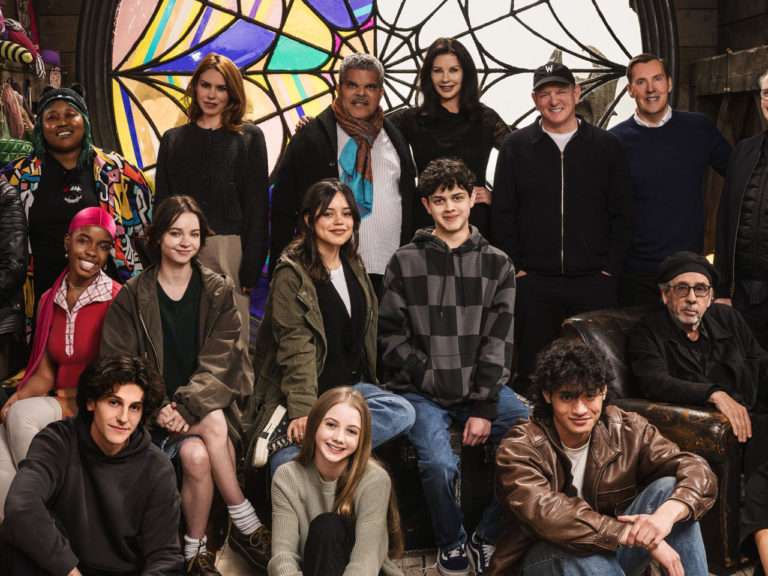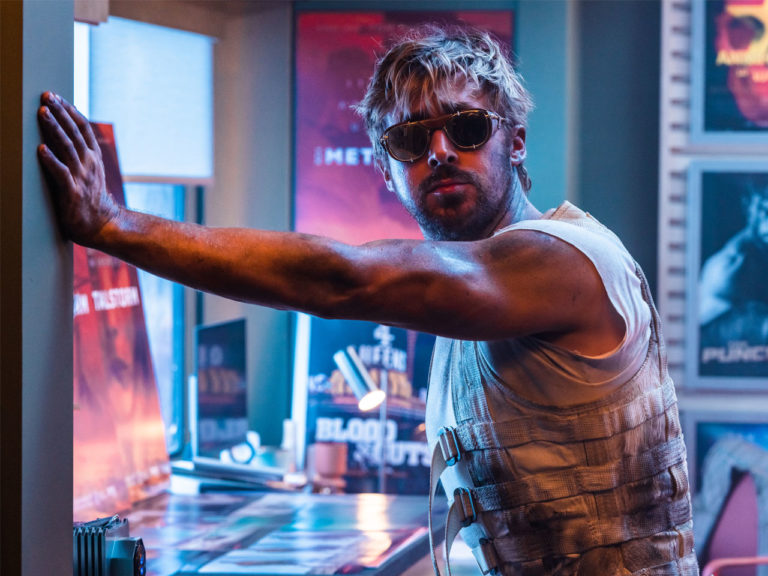
In the pages of the Batman/Superman ongoing the titular heroes are up against The Batman Who Laughs, who has infected several heroes. To go along with the current Batman/Superman arc, DC is publishing one-shots to explore what each infected hero is going through. The first of these one-shots is The Infected: King Shazam! #1. The main questions I have going into this are whether these one-shots will actually add anything to the Batman/Superman story (either in terms of plot or character) and if these one-shots will deliver a solid story that can stand on its own (even if it’s open-ended to tie into Batman/Superman). In this review I’ll answer those questions based on my own subjective views. Let’s have a look!

While I dislike a couple aesthetic choices that Joe Bennett has made—such as Billy’s mother’s hilariously silly overreaction when Billy is being a jerk at the dinner table (I think it just looks weird)—I fully recognize that this is mostly a matter of taste and this is really just a nitpick. On the whole, I think Bennett—along with both inkers, Brabo and Santorelli, who blend together well and add depth to the illustrations—is doing an incredible job telling this story. For example, even during the scene where Billy and his parents are having dinner, Bennett finds ways to make an otherwise static scene come to life. He makes the sequence more dynamic by using alternating “camera angles,” showing characters’ different types of body language, and zeroing in on the frustration on Billy’s face. On top of that, Bennett has the panels build up to a splash page where Billy transforms into Shazam by gradually increasing the action, such as the smashing of a picture frame and Billy storming out of the house. Speaking of that splash page, I love its composition! Shazam looks truly menacing what with his electric eyes glowing inside his hood and his slightly awkward pose, as if he needs a second to recover from the lightning that strikes him every time he yells, “Shazam!” And of course the clouds taking the shape of BWL, looming over Shazam, add to the image’s intimidating vibe. It’s a great way to open the story because it sets an appropriately sinister tone. Of course I can’t neglect to mention colorist Hi-Fi, because the colors in this book are infused with electric energy, which makes them pop!
For the true sequential art nuts among us, Bennett’s fight scenes are also pretty good. There’s a fight scene between Shazam and Atlas, and I like how the “camera” is panning around the characters to make the scene even more dynamic. In the first panel, Atlas hits Shazam square in the kisser and sends him flying at the “camera.” In the next panel we see Shazam crashing through a wall and Atlas leaping after him, but now the perspective has changed so we look over Atlas’s shoulder. The third panel, looking over Shazam’s shoulder again, shows us an Atlas who is about to land on top of Shazam, but what’s important in this panel is that we also see Shazam charging his fist with lightning. In panel four, Shazam unleashes that lightning—a visual that really crackles, courtesy of Hi-Fi—and strikes Atlas in the chest while Atlas is still in mid-air, but this time the perspective has changed again so we’re behind Atlas. The fight scene continues in this fashion and it’s easily my favorite scene in the book from a visual standpoint because it’s put together so well, sequentially speaking. The other fight scenes are on the same technical level, but they don’t have as much impact as the Shazam versus Atlas scene. This, however, has more to do with the script than the art.

Essentially this comic book is a chain of fight scenes with some story beats in between where we see Mary Marvel following Shazam as she is worried about him. While I like superpowered fights in superhero comics just as much as the next guy, I frankly ended up bored after the Shazam/Atlas part, because simply watching Shazam visit a bunch of mythological figures—such as Thor and even Superman’s Rao—only to beat them into the ground, spit a few edgy oneliners and then move on to the next god just doesn’t cut it for me. It’s not even exactly clear why Shazam is doing all of this. Yes, he does say something about wanting to form some kind of god posse because his current family sucks, but it’s never explained what his motivation is for doing so. In fact, for a book that’s supposed to flesh out an infected hero, there’s barely any exploration of why Shazam is doing what he does—he barely has an arc, which makes all of this feel rather pointless.
The only character that I’m genuinely invested in is Mary Marvel, because she does have a clear motivation—she wants to save her buddy Billy Batson. This culminates in some heavy emotional moments toward the end, which are well rendered by Bennett. The only problem that I have with Mary’s arc is that it’s unresolved. Of course this is to be expected in a tie-in book, but Mary’s arc gets cut short so abruptly that it feels off to me. Take into account the fact that Shazam’s actions literally contribute nothing to the main story over in Batman/Superman, nor to his own personal arc within this one-shot, and I can’t ignore all the wasted panel time that the creative team could have used to flesh out Shazam’s character more as well as come up with a better ending for Mary. Her story doesn’t have to be concluded, this can still be a cliffhanger, but, as far as I’m concerned, with this ending so abruptly it amounts to no more than shock value for the sake of shock value.

I want to raise a final point before I wrap this up. While I truly enjoy Mary’s dialogue because her lines sound natural and show her unique personality, I do not like Shazam’s dialogue at all. It’s not as bad as I think it is over in Batman/Superman, but I still think that Shazam sounds like a generic teenage edgelord, and, as a result, a lot of his lines seem forced to me. On top of that, besides the fact that Shazam doesn’t take any actions that advance the overall story or build his character, his dialogue also doesn’t help much because he merely utters childish insults to other characters. And this, too, doesn’t hold my interest for very long.
Recommended if…
- You are a fan of the Infected Shazam from Batman/Superman.
- You are just here for the great visuals, particularly the beautifully sequential fight scenes.
- You don’t care if the story doesn’t work—you just want to see an infected superhero throwing lightning bolts at his foes!
Overall: The art is good, and particularly the fight scenes are well planned and nicely sequential. However, there’s barely any story here, nor is there much character progression. The only character that I genuinely find interesting in this issue is Mary, but Shazam himself just beats a bunch of gods into the ground for reasons that are never fully explained nor justified. Seeing the same scene a couple times in a row, just with different gods and eventually Mary herself, is something that bores me in the end. So, with that, I can’t really recommend this book, but if you really want it then at least you’ll get that sweet, sweet artwork.
Score: 5/10
Disclaimer: DC Comics provided Batman News with an advance copy of this comic for the purpose of this review.


